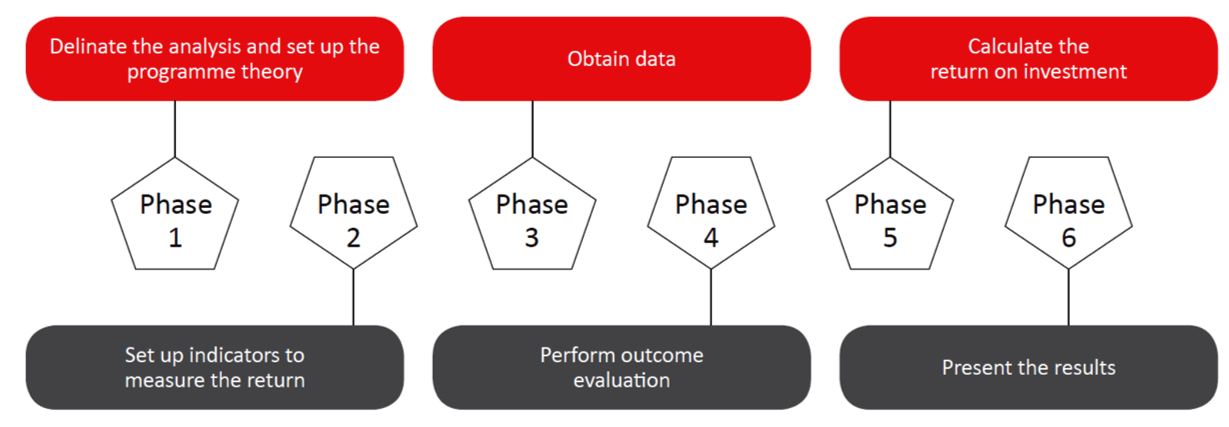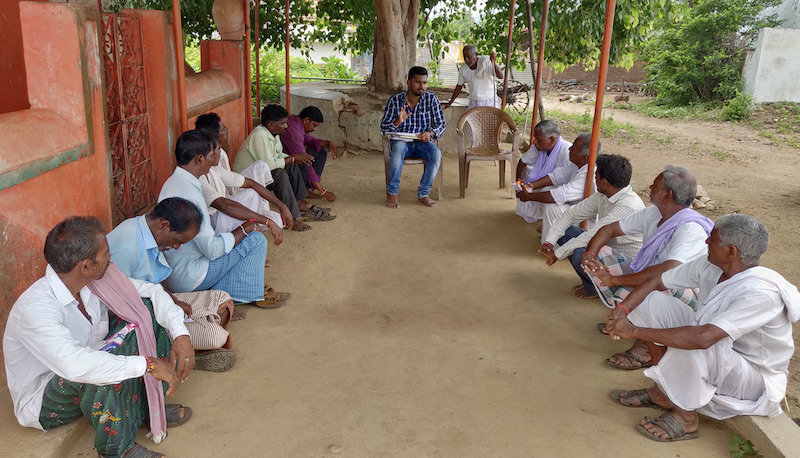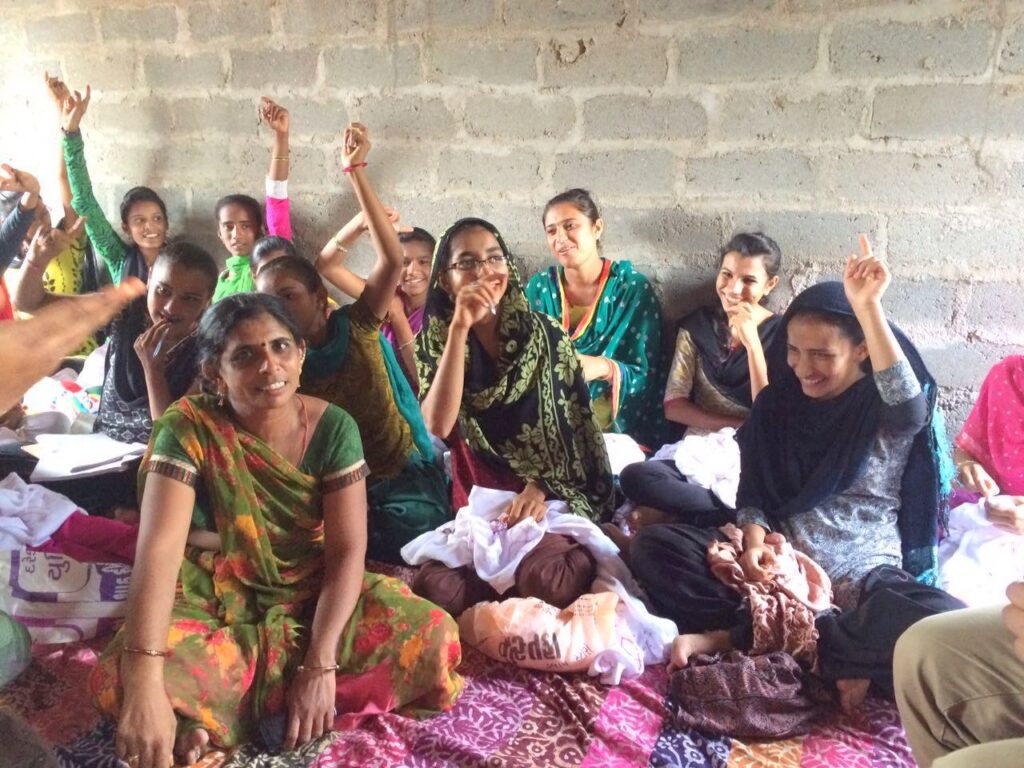‘Simplicity is the ultimate sophistication.’
~ Leonardo Da Vinci
In India, social return on investment (SRoI) was a little-explored domain until a few years ago. It came into prominence as value-driven organisations started to look for new ways to understand, measure and foster awareness of their impacts. New corporate social responsibility (CSR) laws helped strengthen the case for integrating SRoI in impact assessments, as a definitive indicator of value creation for all stakeholders. At its heart, though, is documenting of the story of change that is the end goal of all social and environmental projects.
While some entities have put forth complex measurement mechanisms for SRoI, in simple – and meaningful – terms the process involves:
- Interacting with all stakeholders to identify what – in the context of the relevant project/intervention – the ‘social value’ means to them
- Finding out how the intervention is creating that value
- Identifying all indicators that justify the value of change that has been created
- Giving financial proxies to all those identified indicators
- Doing comparative analysis of the financial value of the change and the actual financial inputs that went into effectuating the change
*Extracted from CB Impact SRoI Framework
Organisations that have already had their social programmes evaluated will agree that SRoI translates social and environmental outcomes into tangible monetary values, helping them in getting a fuller picture of the benefits that flow from their investment of time, money and other resources in implementing them. A thoroughly conducted study enables all stakeholders of social change to thoughtfully weigh the resources they put in and the outcomes they get out of those resources. SRoI has its origin in the term return on investment (RoI), but it has the prefix ‘social’ which makes it completely different from simply measuring monetary successes. SRoI relates more to the value gained by the society at large from the investments. However, this value is given an approximate (or hypothetical) monetary value. According to the New Economics Foundation, SRoI ‘captures social value by translating outcomes into financial values.’
 SRoI stages
SRoI stages
It is important for social-sector professionals including CSR decision makers to understand that SRoI metrics vary from programme to programme in ways that are relevant to the people and their experience as well as expectations of the organisation investing in those programmes. It is a ‘supposed’ measure of how change is being created by giving ‘monetary proxies’ to all elements that are bringing about that change. It is a story about change, on which to base decisions, and includes case studies and qualitative, quantitative and financial information. An SRoI analysis can take many different forms. It can encompass the social value generated by an entire organisation, or focus on just one specific aspect or a particular intervention/project of the organisation.
 Proving and improving – SRoI benefits
Proving and improving – SRoI benefits
An SRoI study enables decision makers to demonstrate the social value of their investments. It also helps organisations, especially social sector investors and donors, to see how much, and where, social value is being created and how.
SRoI, when conducted by an independent entity, lets investors and implementing organisations take a step back and look at their work from a fresh perspective. The insights that an SRoI report generates can help in shaping future decisions and improving the outcomes – the value – that the project creates.
Some of the benefits underlined in CB Impact SRoI Framework include:
- It lends credence to the theory of change in terms of real numbers as well as real stories that support those numbers.
- Indicators of effectiveness (or ineffectiveness) of resources are clearly presented in the SRoI report. One can see what input (resource) is churning out what output.
- The actual impact vis-Ã -vis benchmarks: The framework not only measures the actual impact but also juxtaposes the same against the benchmarked impact and outcomes of similar interventions by other entities.
- Future SRoI calculation: Where projects become self-sustaining, the SRoI received after completion of the same generally becomes better.
- The outcomes from an SRoI study make for a realistic reference point in chalking out a roadmap to maximise social returns in the future.
Going beyond economic and financial analysis
Several methodologies and frameworks are being followed to measure social return on investment. However, they all share some common elements and use cross-disciplinary mechanisms that also borrow from various social-science disciplines.
 For example, the primary method that was developed at Harvard Business School (which constitutes the base of CB Impact SRoI Framework) is inspired by an economic approach that calculates outcomes in quantitative terms – numbers justify the outcomes of the intervention. The approach does a classical cost-benefit analysis, which sets up a number of project-related and operational costs against a series of societal benefits or the impacting outcomes (measured through impact assessment) of the project.
For example, the primary method that was developed at Harvard Business School (which constitutes the base of CB Impact SRoI Framework) is inspired by an economic approach that calculates outcomes in quantitative terms – numbers justify the outcomes of the intervention. The approach does a classical cost-benefit analysis, which sets up a number of project-related and operational costs against a series of societal benefits or the impacting outcomes (measured through impact assessment) of the project.
So, does that mean any given SRoI method is just a mathematical calculation? Certainly not.
The calculations in an SRoI study are always combined with soft welfare outcomes. For example, in projects focused on poor, marginalised and vulnerable sections of the society, the soft outcomes may be livelihood opportunities, improved health, confidence and self-respect, and a sense of security. In simple terms, the overall objective of an SRoI analysis is to measure ‘social’ return on investment by documenting and evaluating the effects of social changes. 
This concerns the economic effects (when a client is, for instance, assisted with transitioning from passive welfare benefits to a job) as well as the welfare outcomes such as increased quality of life and greater motivation. Even though the welfare outcomes cannot be immediately identified in economic terms, they often manifest themselves as economic benefits in the longer term.
In this context, the return on investment is a measure of how much we get for each rupee invested. Adding social to this equation emphasises the focus on creating value for society and its citizens. This also underlines how SRoI is different from, and far more than, an economic analysis since it also includes such dimensions as welfare and social returns.
Limits of a financial proxy in SRoI
Examples from CB Impact studies
Healthcare projects
In 2018, a doctor onboard a mobile medical van, being run with the support of a popular two-wheeler brand, helped diagnose a woman in a remote village near Dharuhera (Rewari district of Haryana) during the early stages of breast cancer. The doctor made consistent efforts to get her treated and eventually cured.
While assessing the SRoI of a programme run by a prominent eye-care institute, the evaluators had to rack their brains about assigning financial proxies to cases where patients who had lost more than 80 per cent of their vision (or were on the verge of losing vision) had regained their eyesight after surgical interventions.
Fact is that in a geography where a basic public health centre (PHC) is not accessible, a life saved from a fatal disease or vision retrieval for a near-blind person is an extraordinary outcome. How do SRoI evaluators assign financial/monetary proxies in such cases?
Well, they don’t. Yes, they can (and in some cases they do) try and evaluate the economic loss that the entire household could have suffered after losing an important member of their family. In general, however, when assessing such cases these are technically reported as ‘social’ outcomes that do not necessarily have to be measured along economic terms.
Education
A boy from a remote government school in Almora district of Uttarakhand, where an international foundation had implemented multiple projects (starting from infrastructure development to soft interventions including digital classrooms to enhance academic performances), became the first student from the area to be amongst the toppers of Joint Entrance Examination (JEE) and obtained a scholarship to a well-known engineering institute.
Does one such case alter the SRoI outcomes? What if a similar project being implemented at a different remote school has similar overall outcomes, but not an exceptional outcome or a story like that of the Almora boy? Will the SRoI outcomes be different?
Well, no. Such exceptional instances are either mentioned as additional outcomes or shared as case stories; they do not necessarily alter/impact the general SRoI outcomes measured in economic terms.
Curious about the SRoI of your social intervention? Reach out to Team CB Impact to understand the methodology that will best suit your project as also the probable SRoI outcomes that you may get.
Here’s where: info@causebecause.com

